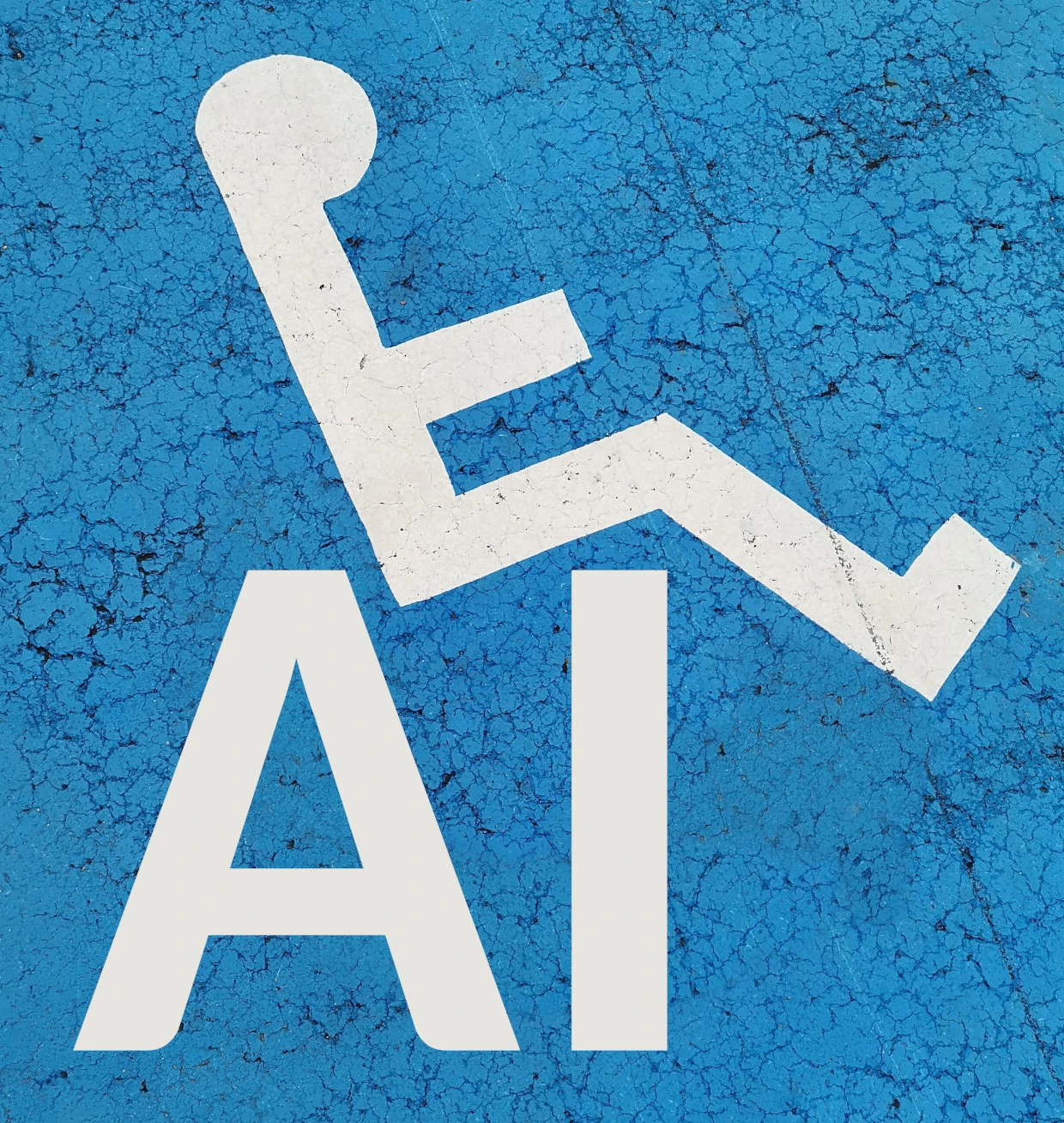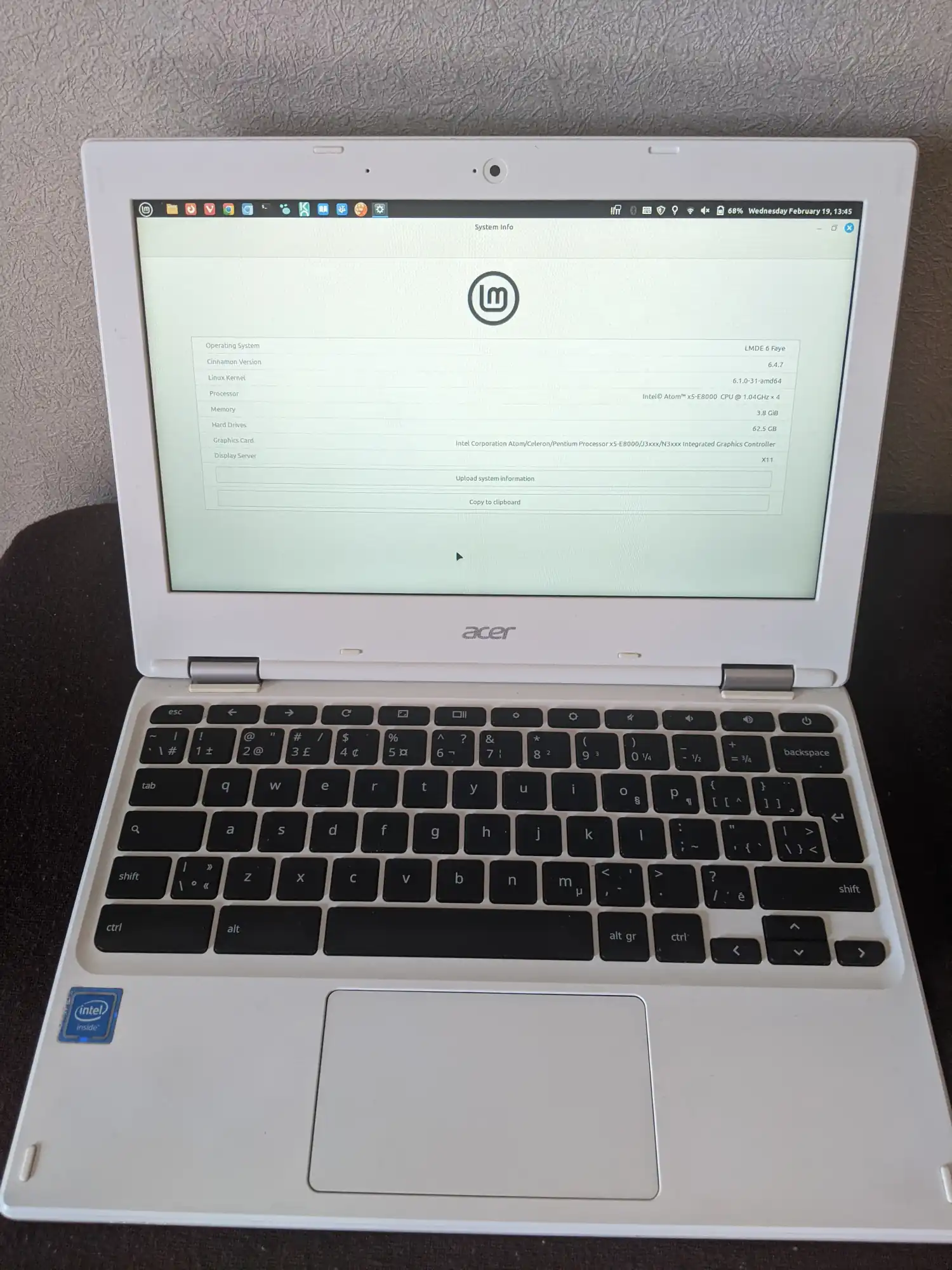AI as a Communication Aid: Empowering Those with Expressive Challenges

In a world increasingly shaped by technological advancements, artificial intelligence (AI) has emerged as a powerful tool with the potential to transform various aspects of our lives. Beyond its applications in industries and automation, AI has proven to be a valuable ally for individuals facing difficulties in expressing themselves. Drawing an analogy between AI and a wheelchair may seem unconventional at first, but it aptly captures the essence of how this technology serves as a supportive tool for those with communication challenges.
### Understanding the Struggle
For many people, verbal communication is a seamless and instinctive process. However, for some individuals, expressing thoughts, emotions, or needs can be a formidable task. This challenge may arise due to various factors such as speech disorders, migrants facing language barriers, developmental conditions, introversion, or injuries that affect the ability to communicate effectively. In such cases, the struggle to convey ideas and connect with others can lead to frustration and isolation.
### AI as a Communication Aid
Just as a wheelchair provides mobility for those with physical limitations, AI serves as a digital companion for those facing expressive challenges. Communication aids powered by AI leverage cutting-edge technologies such as natural language processing, machine learning, and voice recognition to facilitate communication in ways that were once unimaginable.
### Augmentative and Alternative Communication (AAC)
AI-powered AAC devices are designed to assist individuals in expressing themselves through various means. These devices may include speech-generating apps, text-to-speech software, and predictive text algorithms. By analyzing user input and context, AI helps individuals formulate and articulate their thoughts, enabling them to engage in meaningful conversations.
### Personalized Communication
AI adapts to the unique needs of each user, providing a personalized experience. Through continuous learning, these systems understand and refine their responses based on individual preferences, making communication more efficient and tailored to the user's style.
### Emotional Expression
Expressing emotions can be particularly challenging for some individuals. AI models can be trained to recognize and respond to emotional cues, allowing users to convey their feelings even when traditional communication methods fall short.
### Accessibility in Everyday Life
AI extends its support beyond communication devices, influencing the design of accessible interfaces in everyday technology. From voice-activated assistants to smart home devices, AI contributes to a more inclusive environment, ensuring that individuals with expressive challenges can participate more fully in various aspects of daily life.
### Breaking Barriers
Just as a wheelchair empowers individuals with mobility challenges to navigate the world independently, AI breaks down barriers for those with expressive difficulties. By providing innovative and adaptive communication solutions, AI becomes a bridge, connecting individuals with the world around them and fostering a sense of inclusivity.
In the grand tapestry of technological progress, AI stands out as a beacon of hope for individuals facing challenges in expressing themselves. The parallel between AI and a wheelchair underscores the transformative impact that technology can have on lives, offering newfound possibilities and avenues for connection. As we continue to explore the potential of AI, it's essential to recognize and celebrate its role as a valuable communication aid, enriching the lives of those who, with its assistance, can find their voices and share their stories with the world.



